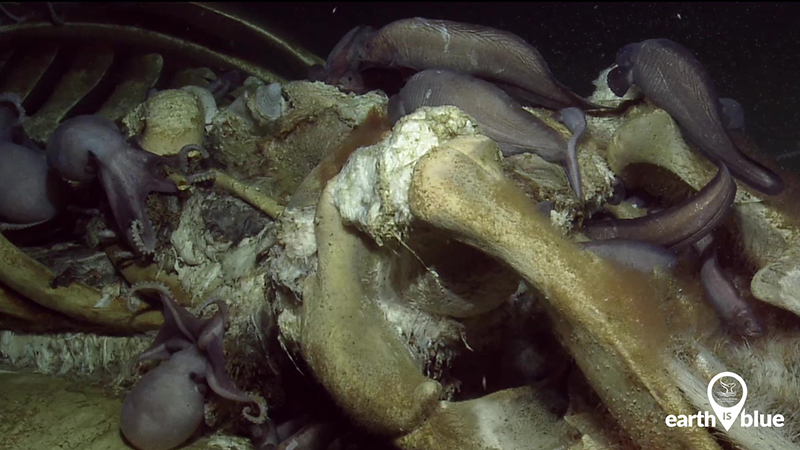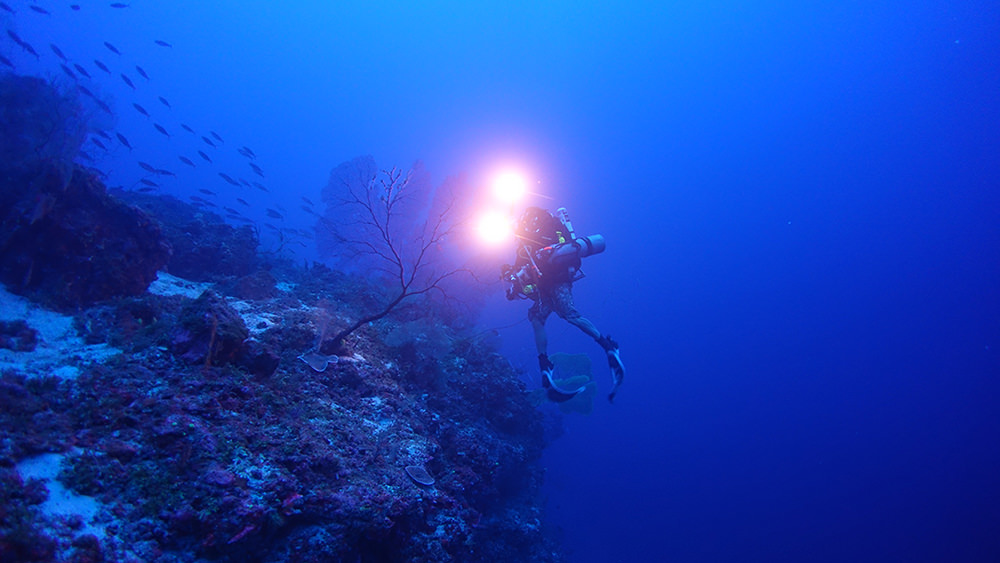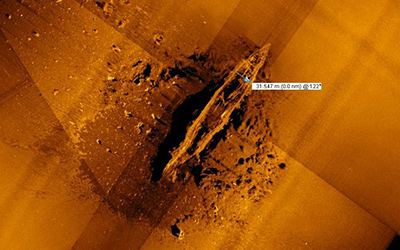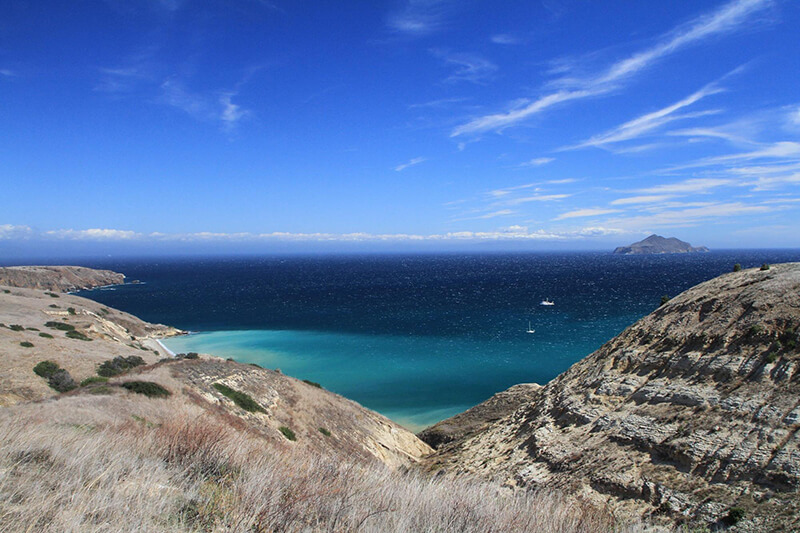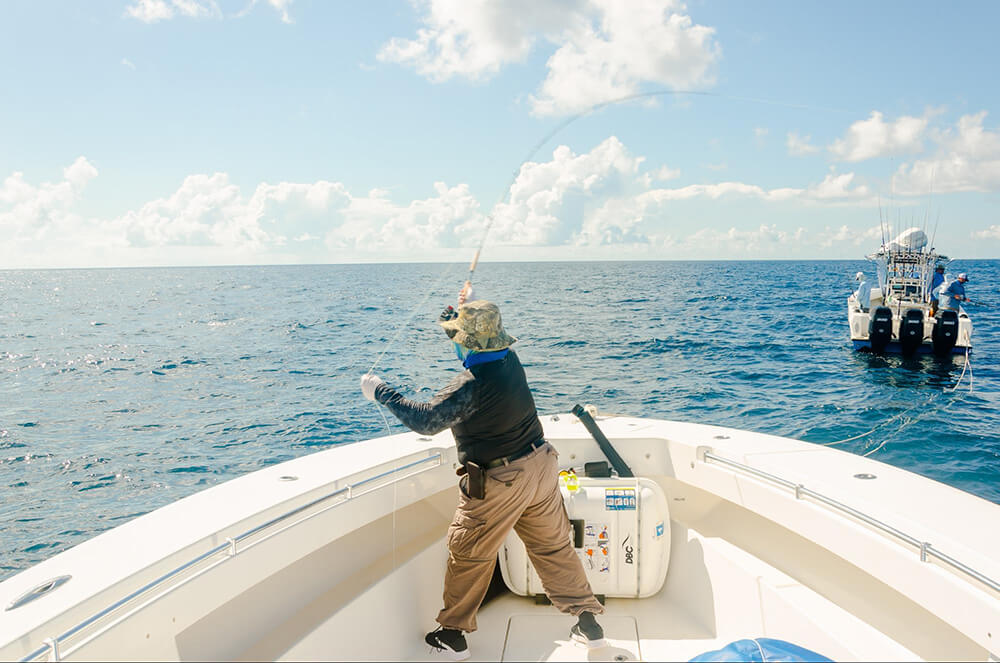Celebrate the Ocean
Sea to Shining Sea Newsletter - October 2019
Few places on the planet can compete with the diversity of the National Marine Sanctuary System, which protects America’s most iconic natural and cultural marine resources. The system works with diverse partners and stakeholders to promote responsible, sustainable ocean uses that ensure the health of our most valued ocean places. Resources are open to the public, and showcase opportunities such as education and research to anyone who has an interest in helping our ocean.
NOAA and partners launch Mission: Iconic Reefs
Mission: Iconic Reefs is a groundbreaking effort to tackle declining reef health in Florida Keys National Marine Sanctuary. Mission: Iconic Reefs will seek to improve coral cover at seven distinct reefs through phased outplanting of multiple stony coral species and volunteer-driven reef 'gardening' to repair damage, remove debris, and keep invasive species in check.
Video - Whale fall in Monterey National Marine Sanctuary
Have you ever heard of a whale fall? When a whale dies at sea, its body sinks to the ocean floor, where it becomes a food source for years or even decades. Researchers came across this whale fall during an expedition in Monterey Bay National Marine Sanctuary. Office of National Marine Sanctuaries seeks to deepen our understanding of sanctuaries through deep-water exploration and research. Learning more about the mysteries of the deep will drive the protection of our oceans.
NOAA awards funding for mesophotic reef research in National Marine Sanctuary of American Samoa
NOAA has awarded $2.4 million towards a four year research project studying mesophotic, or “twilight”, coral ecosystems in the National Marine Sanctuary of American Samoa. With the health of shallow coral reef ecosystems in decline, it is important to understand the value and role of mesophotic coral ecosystems in tropical and subtropical waters.
Battle of Midway shipwrecks discovered in Papahanaumokuakea Marine National Monument
Two Japanese aircraft carriers sunk in the 1942 Battle of Midway were discovered by an exploration team surveying the deep underwater landscape of Papahanaumokuakea Marine National Monument.
OneNOAA Science Seminar Series; are you on the weekly email list?
Initiated in 2004, the OneNOAA Science Seminar Series is hosted by over 40 NOAA seminar coordinators, and the webinar are open to anyone (we have many international attendees via webinar). Many of the seminar presenters are NOAA employees, but others are invited external partners or researchers who do NOAA-relevant work. Visit the OneNOAA Science Seminar website to see the 100s of NOAA seminars hosted each year, and if you don't already receive the weekly email of upcoming seminars, visit here and enter your name and email.
Contact Hernan.Garcia@Noaa.gov or Tracy.Gill@noaa.gov
Donated motors get Channel Islands National Marine Sanctuary research vessel moving
Small vessels are the workhorses for on-water operations in our national marine sanctuaries, including research expeditions, debris cleanup, and emergency response. The R/V Shark Cat recently returned to Channel Islands National Marine Sanctuary, ready to carry out these responsibilities thanks to a donation of two outboard motors from Yamaha Marine.
Fly fishing brings military veterans to Flower Garden Banks National Marine Sanctuary
As part of the annual “Get Into Your Sanctuary” weekend, a group of veterans headed offshore for a day of deep sea fly fishing in the waters of Flower Garden Banks National Marine Sanctuary. Organized by sanctuary staff and the veteran nonprofit Project Healing Waters, the trip offered a unique opportunity for the veterans to learn about and experience first-hand this remote national marine sanctuary.



